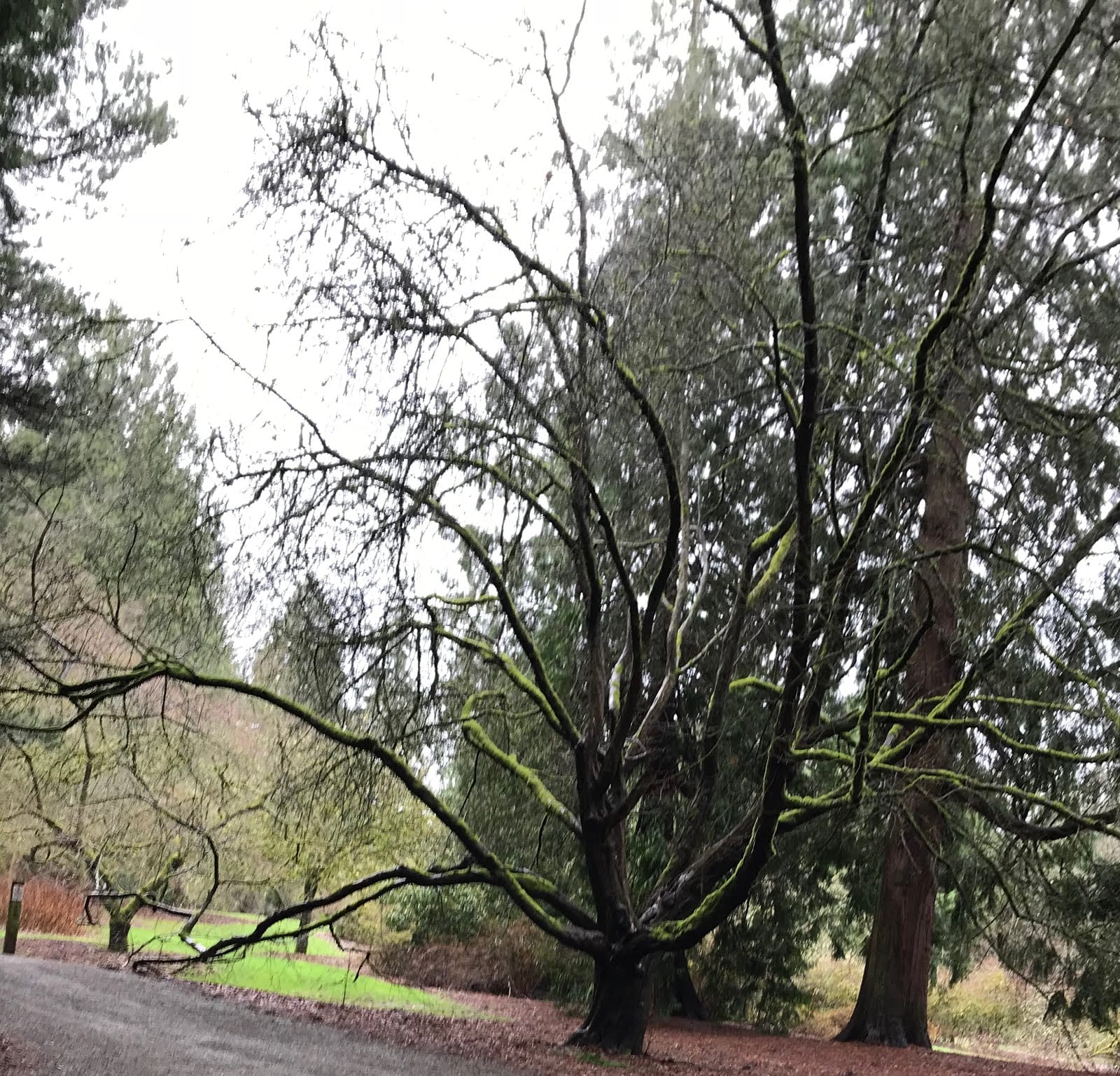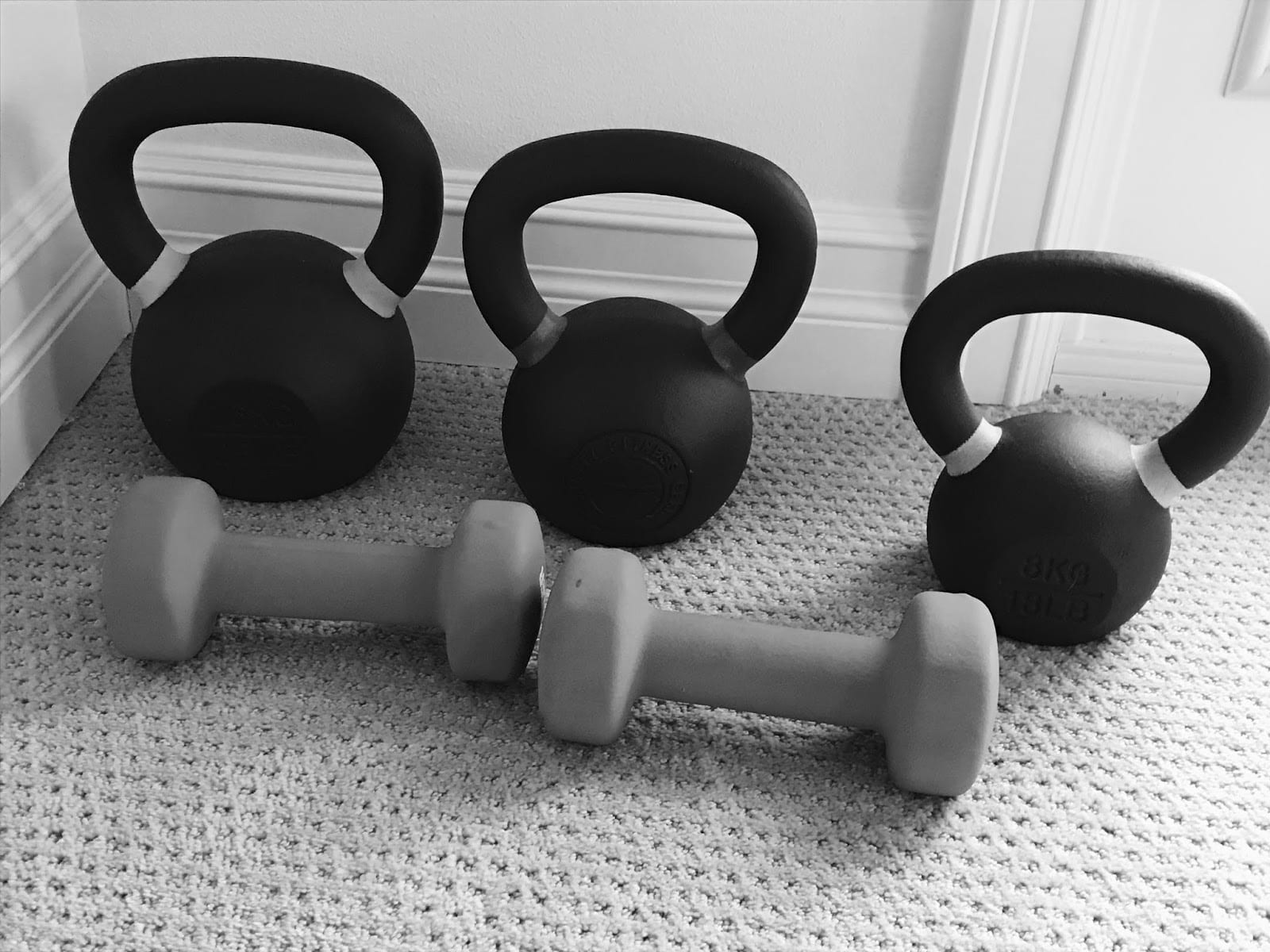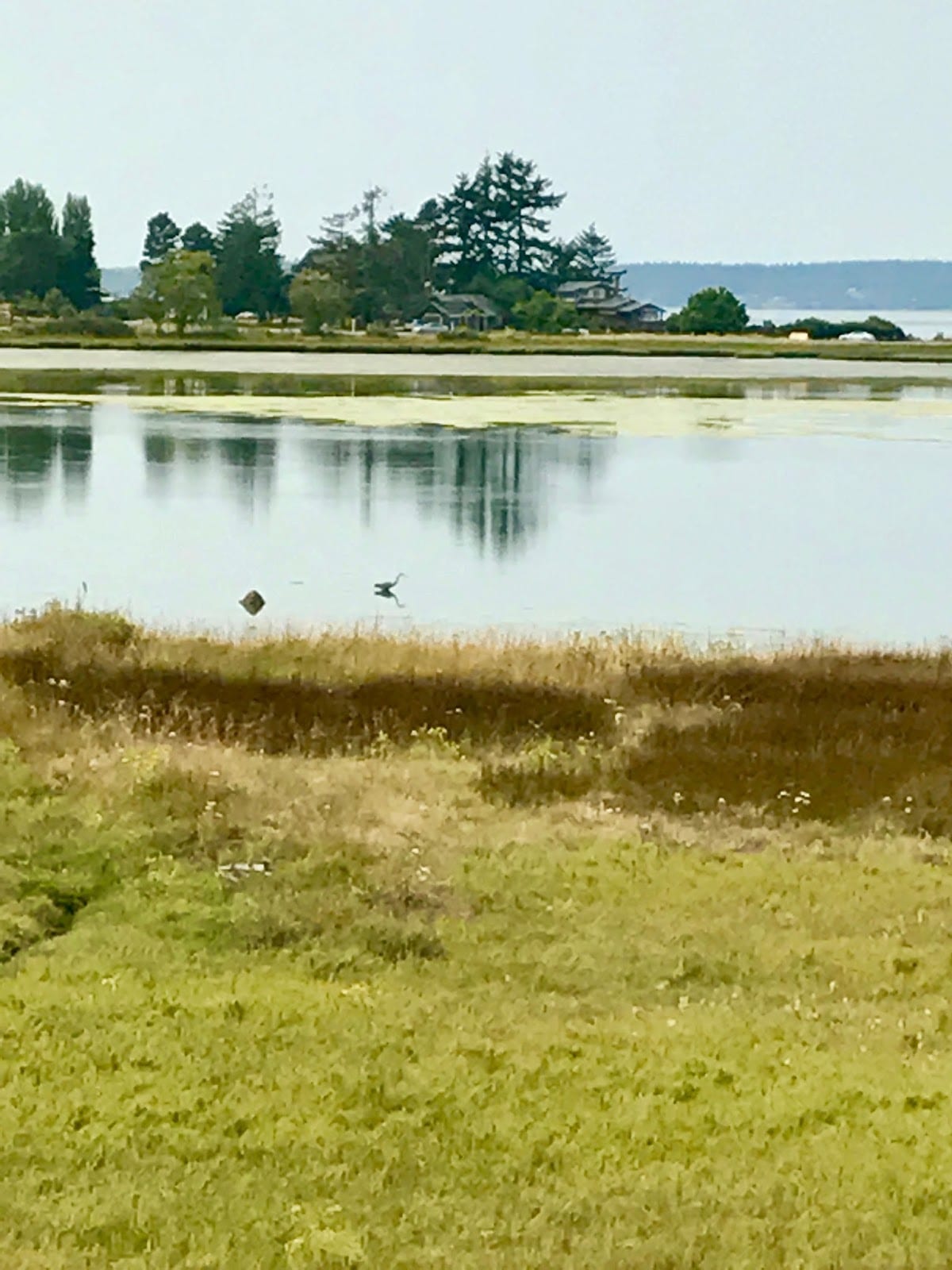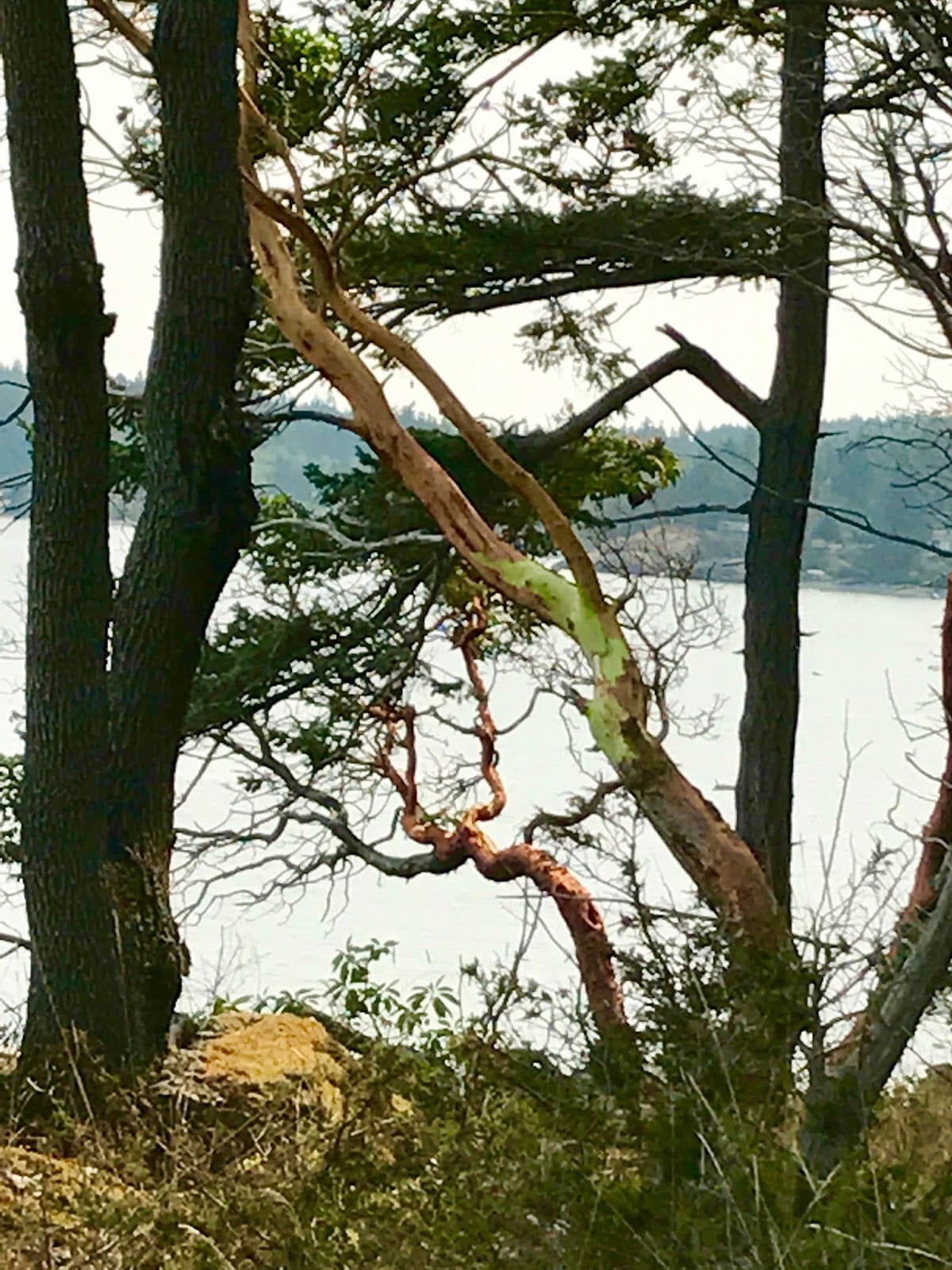The thing about mindfulness for me is that it lets me have more access to my emotions. It’s not only that I give myself the opportunity to breathe when I feel something strongly and tune in to the stories I’m telling myself (either in an effort to quash the feelings or to turn them into something else). It’s that when I am really mindful, I let the emotions show up as they are, whenever they choose to show up. And as hard as it is to trust that they’ll come and then go (as long as I don’t spin tales about them that take me off into another place), they always do, and the more I practice that, the easier it becomes.
It’s not easy.
I said “easier.”
Because what I’m discovering is that all of this means that my emotions are much closer to the surface in any given day and sometimes that’s a little uncomfortable for people around me. Sometimes that means that without any notice at all, I get tears in my eyes and a lump in my throat. Sometimes it means that I dance through the kitchen at the mere sight of sun streaming through the windows on a Tuesday morning.
Today, I was struck by a wave of unexpected sadness and I watched as my brain struggled to turn it to anger almost immediately. I was driving Lola somewhere and part of my brain said, Stop it! Don’t let her see you cry. You don’t want to make her worry about you or feel bad. And my brain’s response was to start crafting reasons why this sadness was the fault of someone else, why I would be entirely justified in getting angry, and I even began imagining potential conversations to that end.
Wow.
For a split second, that worked. I felt anger rise in me and I no longer had the urge to cry. But when I realized what I was doing, I let go of the story and waited. It was remarkable to me that the sadness didn’t return right away – how easy it had been for me to push it away.
After I dropped Lola off at her destination, I spent the rest of the drive home experimenting. I played with conjuring up the sadness again (even though it had been unexpected, I was perfectly clear on why it came up when it did) and watching as my brain fought to make it go away with anger. It took effort to stick with the original emotion and let it flow.
What I’m discovering is that dropping the stories I am constantly telling myself about what I should do or be or think or say makes my life much simpler. I am more able to move through my days in the moment and experience whatever comes as it does. I have always been the kind of person who feels things deeply – who has very high highs and very low lows – but this is a different phenomenon. This feels cleaner somehow. My emotions are very close to the surface, very accessible, and they don’t hold as much sway over me as they once did. Without the stories weighing them down or the struggle to be allowed to show up (because I’m not trying to ignore them or make them come back later, when it’s more appropriate), they are simply there. It’s a lighter, easier feeling than I’ve ever had before and even if it means that I might start crying at the drop of a hat, I’m welcoming it.











